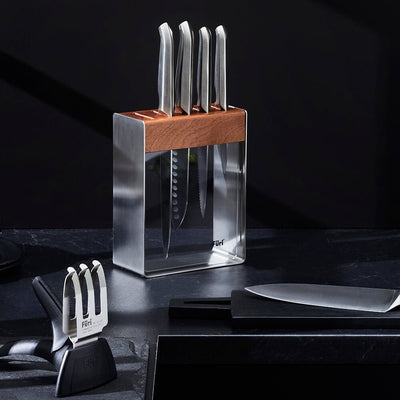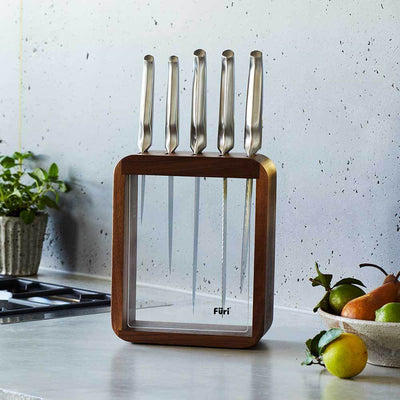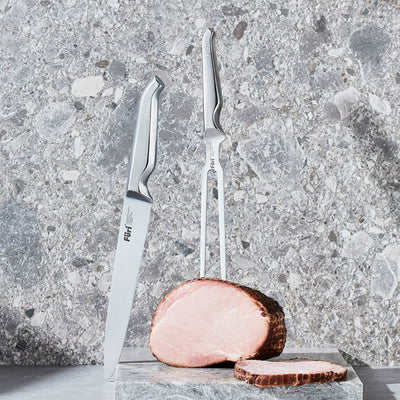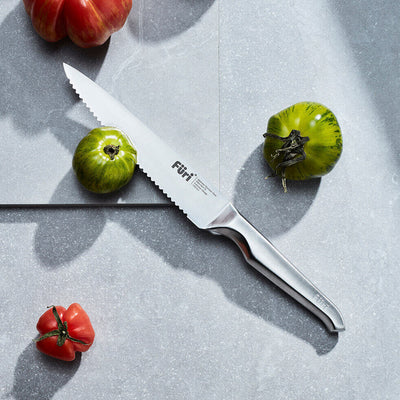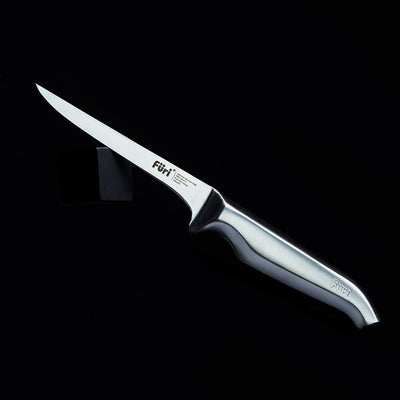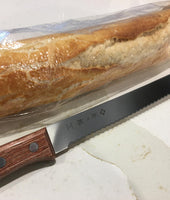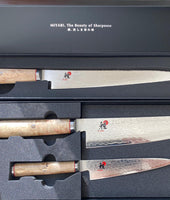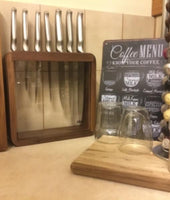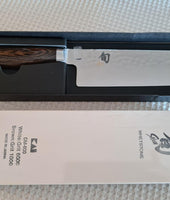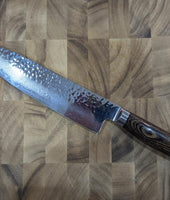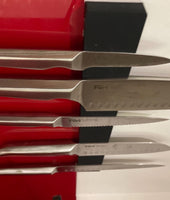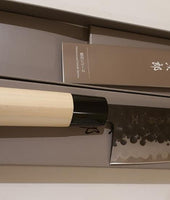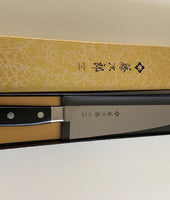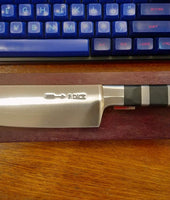When it comes to meal preparation, the chef’s knife is the most valuable tool in the kitchen. But for those that aren’t properly skilled in the use of the knife like a professional, it is not uncommon to make a few mistakes when using their knives.
Even just a few small repeated mistakes can dramatically reduce the overall lifespan of your knives. Hence, it is important to be aware of what type of mistakes you need to avoid.
Do you make any of the 5 mistakes below when using your knives? Avoid these and you’ll keep your precious knives sharp, mean, and keen for many years to come.
-
Stop cutting on the wrong surface:
As it is important to choose the right knife for chopping, dicing and slicing, you must also be wary of what surface you are cutting on as well. Cutting food on hard surfaces such as ceramic or glass chopping boards may cause potential damage to the blades, dulling then over time.
Moreover, working on an unsecured board; one that may slide or slip may also cause additional damage to the knife and increases your chances of harming yourself. It is advised to work on plastic or wooden cutting boards which absorb some of the impact with each cut and ensures longer life performance for your kitchen knives.
-
Holding knives improperly:
Using the incorrect grip when holding a knife may lead to less stable and uncontrolled movements. Not only does this cause the blade more stress as it is not cutting at the angle that it was intended for, but it makes preparing food more strenuous and increases the chances of injury.
For delicate and finer cuts Japanese knives are recommended, while German knives are the power horses and suited to cutting thicker and tougher food items.

-
Cutting food with the wrong part of the knife blade:
A knife is not limited to the handle and blade only; there are many more important parts and each of them plays an essential role in cutting or chopping. By failing to use the right part of the blade when cutting can end up damaging them over time.
In general, there are four essential parts of a chef’s knife; they include the heel, tip, point, and edge.
The tip of Japanese knives are dedicated to delicate tasks such as scoring and piercing the food. The heel is essential for cutting hard ingredients such as winter squash and carrots; whereas the spine or edge is designed for scraping chili, tomato, and vanilla beans, etc.
-
Using a knife with a dull blade:
A dull knife is a dangerous knife, no doubt about it. With a dull blade, you will be forced to exert a lot more power to get the same cut and the blade may slip when cutting or chopping food. Both of which are a recipe for an accident waiting to happen.
It is important to hone and sharpen your kitchen knives from time to time to keep the blade in optimal condition.
-
Not using proper storage space:
Throwing your knives into a drawer with all your other cutlery will cause the blade to dull every time it bangs against other items. It is recommended to have a dedicated space for your kitchen knives, either it be in a drawer, knife block or magnet strip attached to your wall.
Shop now at House of Knives for the best range of kitchen knives, knife sets, sharpeners and accessories.

Explore More Products: F DICK ErgoGrip Boning Knife Curved Stiff Black 15cm | F Dick ErgoGrip Butcher's Knife Curved 18cm | F DICK ErgoGrip Butcher's Knife Wide Tip 26cm Black

















